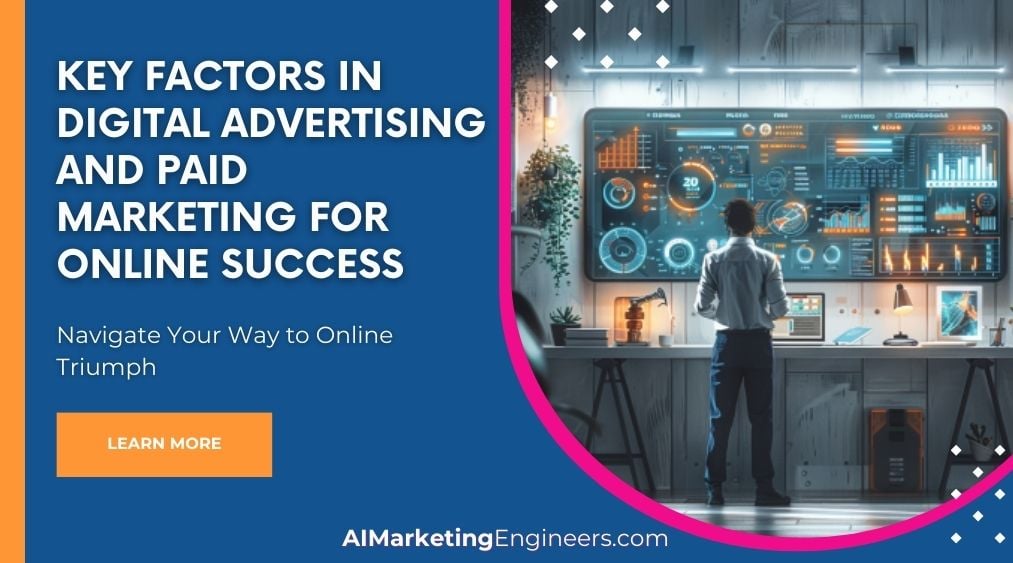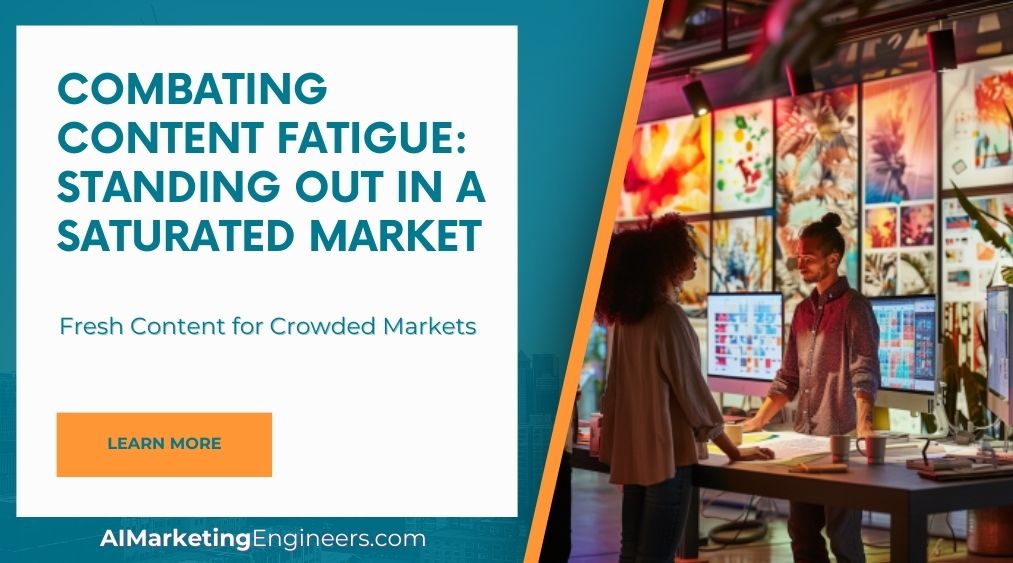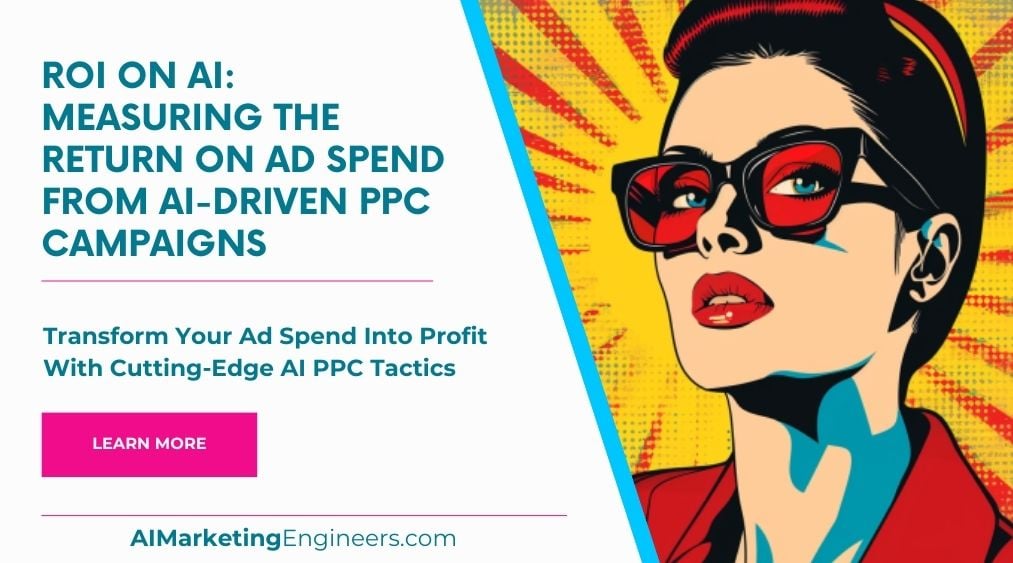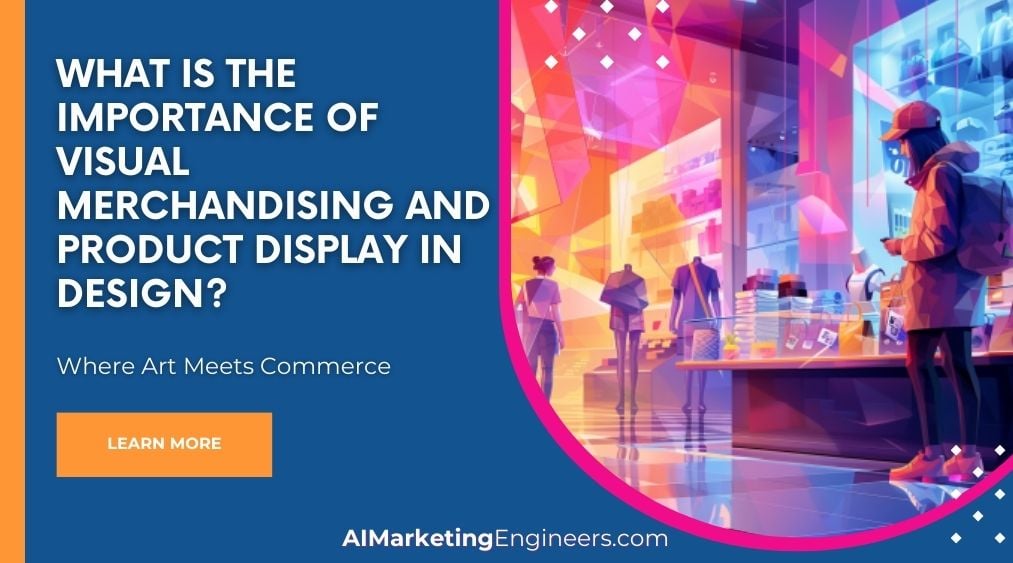Key Takeaways
✅ Targeting and Personalization: Did you know that businesses see an average increase of 20% in sales when using personalized experiences? Harness the power of targeted marketing by understanding your audience to an almost intuitive level – delivering content that clicks, persuades, and converts.
✅ Measurable and Data-Driven Approach: With 50% of brands increasing their data-driven marketing budgets, it’s crystal clear that being data-savvy is no longer optional. Dive into analytics to tweak your strategy on the fly, always ensuring your investment is yielding the best possible returns.
✅ Multi-Channel Strategy: Stats show that customers who shop across multiple channels have a 30% higher lifetime value. Expand your digital reach by strategically plastering your message across various channels, making sure your voice is heard wherever your potential customers might be.
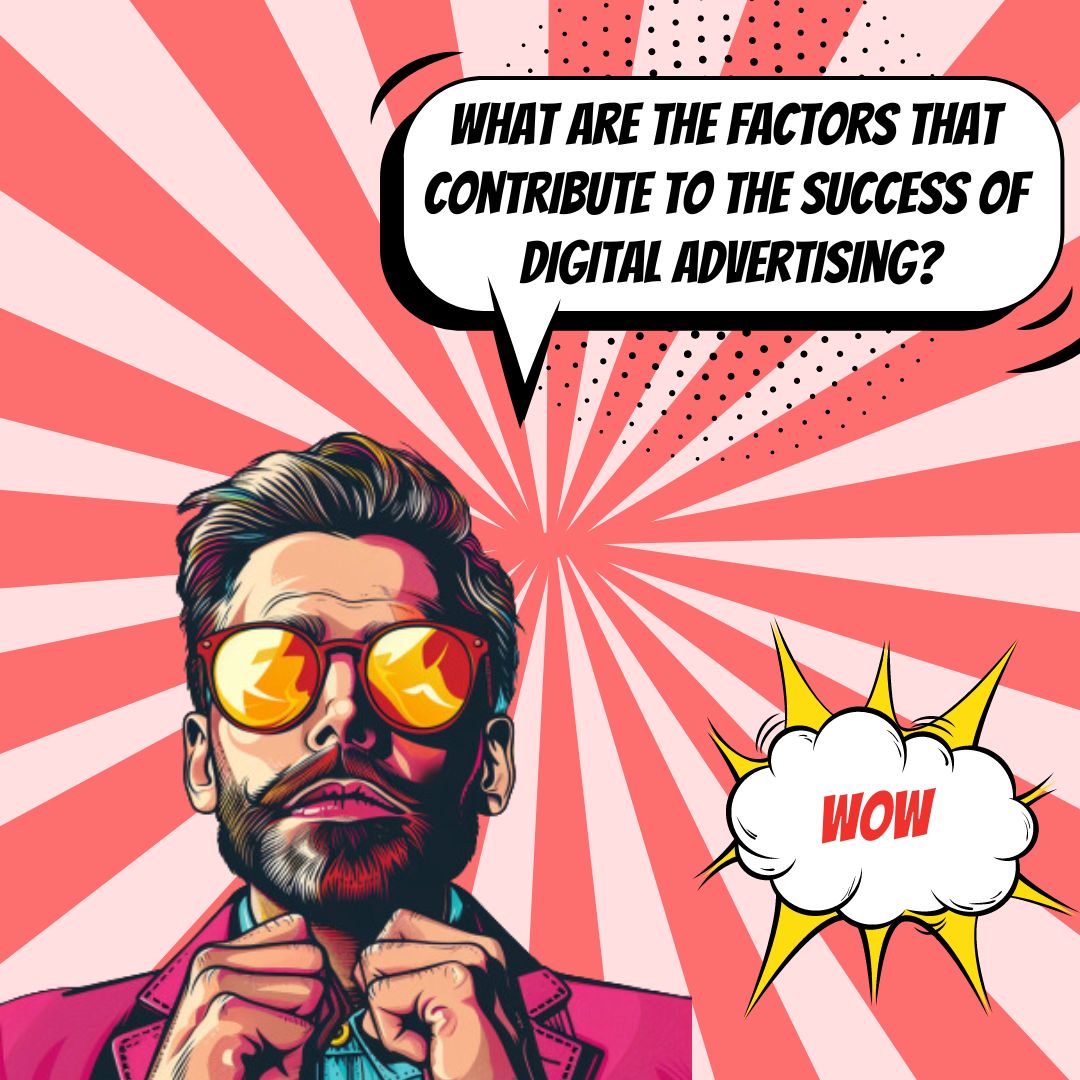
Introduction
Ever wondered why some brands seem to effortlessly climb the online success ladder while others struggle to find the right foothold? In the ever-changing landscape of digital marketing, pinpointing the exact key factors that can make or break your online presence is more than half the battle. This comprehensive guide will take you through a tour of the most pivotal elements in digital advertising and paid marketing that could skyrocket your ROI and visibility.
Imagine being able to cut through the noise and connect with your customers on a level that not only grabs their attention but holds it through to conversion. We're about to lift the veil on modern strategies, smatterings of wisdom on trending practices, and bring to light the unspoken secrets of successful digital marketers.
So, are you ready to get a leg up on your competition and see tangible results that reflect in your bottom line? Keep reading to uncover actionable insights and future-proof tactics that will elevate your brand to digital dominance.

Top Statistics
| Statistic | Insight |
|---|---|
| Global Digital Ad Spending: Projected to reach $455.3 billion in 2021. (Source: eMarketer, 2021) | The surge indicates businesses are investing heavily in online spaces, recognizing their value in capturing audience attention. |
| Mobile Ad Spending: Expected to account for 70.5% of total digital ad spending in 2021. (Source: eMarketer, 2021) | Emphasizes the need for companies to optimize for mobile to connect with the majority of digital consumers. |
| Social Media Usage: 58.8% of the world's population in 2021, averaging 2 hours and 25 minutes daily. (Source: Hootsuite, 2021) | These figures show a vast potential reach for businesses on social platforms, with substantial time to engage users. |
| Influencer Marketing Investment: 73% of marketers plan to increase their investment in 2021. (Source: Influencer Marketing Hub, 2021) | This trend reflects the growing importance of authentic voices in driving consumer trust and decision-making. |
| Programmatic Ad Spending: 65% of all digital media ad spending is expected to be transacted programmatically by 2023. (Source: eMarketer, 2021) | Indicates a shift towards more efficient, automated buying processes in advertising campaigns, aiming for better targeting and higher ROI. |
Understanding Your Target Audience
Imagine throwing a message into a sea of people and hoping it lands in the right hands. That’s essentially advertising without target audience analysis. By identifying your ideal customer through market research and data analysis, you not only find who is most likely to buy your product but also learn how to speak their language. Segmenting that audience then allows you to tailor your messaging, making it feel personal. Did you know, for instance, that personalized email messages improve click-through rates by an average of 14%? Connecting with your audience isn't just a good practice; it's a profitable one.
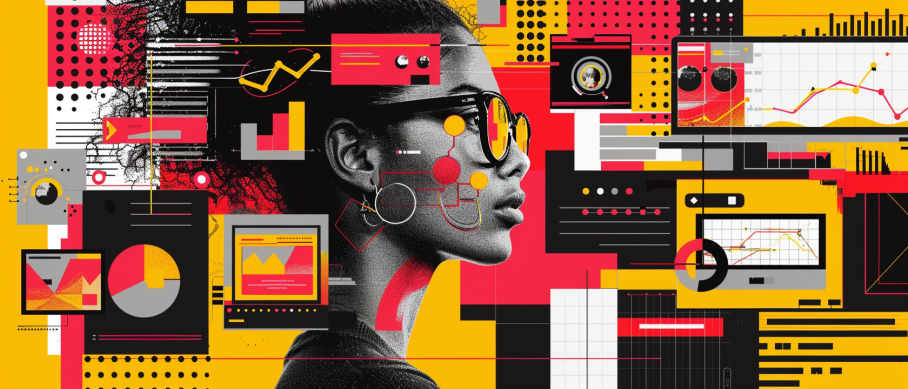
Choosing the Right Advertising Channels
While the digital world brims with advertising potential, not every channel will be your golden ticket to sales. Familiar giants like social media, search engines, and display ads offer unique benefits. Social media can boost your brand’s personality with interactive elements, while search engines capture users with intent to purchase. Display ads cast a wide net. But where does your audience hang out? Better yet, where are they most receptive to your message? Facebook alone boasts a staggering 1.9 billion daily active users, but if your audience leans towards professional services, perhaps LinkedIn's 260 million monthly active users might be a better fit.
Creating Compelling Ad Content
Once you've settled on a few channels, the next challenge is filling them with ads that grab attention and compel action. Here's where you roll up your sleeves and dive into crafting engaging ad copy, visuals, and videos. But how do you know what works? A/B testing is your friend here, comparing one element against another to see what resonates best with your audience. And it works — companies that A/B test every email see email marketing returns that are 37% higher than those of brands that never include A/B tests.
Measuring and Analyzing Campaign Performance
Alright, your ads are out there in the wild — now what? It's vital to set up the right tracking and analytics tools. Without these, you're driving blind. You need to keep a sharp eye on key metrics like click-through rate, conversion rate, and cost per acquisition. This is how you gauge whether those ad dollars are working hard or hardly working. Analytics are not just number-crunching; they’re the guiding compass for continuously improving your tactics. Are you aware that a minor tweak based on analytics insights can sometimes slash your acquisition costs in half?

Budgeting and Bidding Strategies
Money matters. And in advertising, how you spend your advertising budget influences your company's bottom line. It’s not about throwing cash at various channels and hoping for the best. Developing a realistic budget tied to clear business goals is a calculated strategy. Plus, understanding bidding strategies lets you play smarter, not harder, with options like cost per click (CPC), cost per impression (CPM), or cost per acquisition (CPA). Did you think about how spreading your budget too thin could weaken your impact? The key is to allocate wisely for the maximum return on investment (ROI).
Future Trends in Digital Advertising and Paid Marketing
In the fast-evolving digital landscape, keeping an eye on the horizon is as important as monitoring the current campaign. Technologies like augmented reality (AR), voice search optimization, and artificial intelligence (AI) are set to redefine the ways we create and interact with ads. With eMarketer projecting that digital ad spending will surpass $526 billion by 2024, it’s clear that businesses must lean into these emerging trends to stay competitive. It's all about the willingness to learn and adapt. So, how prepared are you to embrace innovation and take your digital advertising to new heights?
These elements together construct the DNA of successful digital advertising and paid marketing strategies. Businesses that turn these insights into action have the potential to connect deeper with their customers, outpace their competition, and truly excel online.

AI Marketing Engineers Recommendation
Recommendation 1: Invest in Diverse Ad Platforms to Maximize Reach: Don't put all your eggs in one basket. With the average internet user spending 2 hours and 22 minutes on social networks daily, diversifying your digital advertising across multiple platforms is crucial. Each platform caters to a different demographic and behavior pattern. For example, Facebook might be ideal for storytelling and brand affinity, while Instagram favors visually-driven content with a younger audience. LinkedIn stands out for B2B interactions and professional content. By allocating your budget across these varied platforms, you can increase your reach and tap into different segments of your market.
Recommendation 2: Embrace Personalization with AI-Driven Dynamic Creative Optimization (DCO): Personalized ads significantly outperform generic ones. Epsilon's research shows that 80% of consumers are more likely to make a purchase when brands offer personalized experiences. Dynamic Creative Optimization is a technology that uses artificial intelligence to tailor the content of an ad to the individual viewer in real-time. It selects from a range of pre-made design elements, such as images or copy, based on the viewer’s past behavior, demographics, and other data points to present the most persuasive ad. Employing DCO can drastically enhance engagement and conversion rates as it creates a more relevant and compelling ad experience.
Recommendation 3: Leverage Analytics for Data-Driven Decision Making: The proof is in the pudding—or rather, the data. Roughly 40% of marketers say proving the ROI of their marketing activities is their top marketing challenge. Effective use of analytics tools like Google Analytics, SEMrush, or Tableau can transform raw data into actionable insights. These tools help you track your campaign's performance, understand your audience's behavior, and identify which channels and strategies are delivering the best returns. Regularly analyzing your data will enable you to fine-tune campaigns for better performance, allocate your budget more efficiently, and increase the overall ROI of your digital advertising and paid marketing efforts.
Relevant Links
- Conquer China's Digital Realm with WeChat Mastery
- Catapult Your Brand with Douyin & Kuaishou Short-Video Strategies
- Dominate South Korea's Online Market with Advanced SEO Tactics
- German SEO Craftsmanship: Command Google.de's Top Ranks
- Revolutionize Marketing in India: Key Strategies for Digital Triumph
Conclusion
The dynamic realm of digital advertising and paid marketing is a critical battleground for businesses vying for online success. Throughout this article, we've unpacked the multifaceted approach necessary to seize the potential of the internet's vast marketplace. It's not just about splashing out on ads. Rather, success hinges on a deep understanding of your target audience and delivering crafted messages through the most effective channels.
By recognizing the sheer weight of choosing the right advertising channels and coupling this with compelling ad content, businesses can ignite interest and drive conversions. However, the sophistication of such campaigns must be matched with rigorous monitoring. Without tracking performance metrics, refining strategies, and adjusting expenditures in line with data-driven insights, even the most creative ads can fall flat.
Venturing into the online advertising space certainly requires investment, both financially and intellectually. As we've discussed, there's an art to balancing budgets and bids to yield a strong ROI. But as we look forward, the crest of the wave is those continuously adapting and embracing emerging trends and technologies. The question then becomes: Are businesses willing to commit to the fluid nature of online marketing to outshine competitors and claim digital triumph?
Consider this: can your business align with these transformative digital marketing strategies? With the online frontier ever-evolving, it's imperative to not just adapt, but to stay a step ahead. With these key factors as your compass, you're better positioned to navigate the digital landscape, convert clicks to customers, and ultimately, amplify your brand's online presence.

FAQs
Question 1: What is digital advertising and paid marketing?
Answer: Digital advertising and paid marketing are all about the ways businesses show off their stuff online. They cough up some cash to give their ads and promos a spotlight on websites and social platforms.
Question 2: Why is digital advertising important for online success?
Answer: So, digital advertising is like a megaphone—it helps businesses holler at a bigger crowd, find the folks who might actually want to buy what they're selling, and figure out what's working (and what's not) on the fly.
Question 3: What are the most popular digital advertising platforms?
Answer: Everyone's hanging out on places like Google Ads, Facebook Ads, those alluring Instagram Ads, LinkedIn Ads for the pros, chatty Twitter Ads, and, of course, YouTube Ads, where you can get lost in video land.
Question 4: How do I choose the right digital advertising platform for my business?
Answer: It's a bit like matchmaking. You gotta think about who you want to swoon, what you want to achieve, and how thick your wallet is. Pick a platform that's buzzing with your future customers, and you're good to go.
Question 5: What is targeting in digital advertising?
Answer: Targeting is like playing cupid with your ads—it's all about aiming those marketing arrows at the hearts, or rather, the screens of the people who are most likely to fall in love with what you're selling.
Question 6: How do I create an effective digital advertising campaign?
Answer: Pull up a chair, and let's make a plan. Know what you want to win, eyeball your ideal customer, whip up some eye-catching ads, pick a place to show them off, set a budget that won't make you weep, and then watch that campaign like a hawk.
Question 7: What is the role of A/B testing in digital advertising?
Answer: A/B testing is like a game show for your ads. You pit two against each other and see which one gets the applause—er, clicks. It's a slick way to make sure you're getting the most bang for your buck.
Question 8: How do I measure the success of my digital advertising campaigns?
Answer: Get your magnifying glass out and start sleuthing. Keep an eye on the trail of clicks, eyeballs, sign-ups, how much each click costs you, how much it takes to reel in a customer, and whether the money you're making justifies the money you're spending.
Question 9: What are some advanced digital advertising strategies for professionals?
Answer: If you're ready to play with the big kids, think about charming people who've already peeked at your stuff (remarketing), buying ads on the fly (programmatic advertising), getting smart with customer data (CDP), making ads that shift shape (dynamic creative optimization), and letting robots and clever algorithms give you a hand.
Question 10: What are some best practices for optimizing digital advertising campaigns?
Answer: Keep your ads looking fresh, juggle around formats and spots, sharpen your aim, watch your bids like a cat with a laser pointer, and keep a blacklist of words that don't mesh with your vibe to cut down the fluff and keep your ads smart.

Academic References
- Kumar, S., Bezawada, R., & Rishika, R. (2019). Digital Advertising and Paid Marketing: A Review of the State of the Art. Journal of Interactive Marketing, 49, 1-11. This article serves as a comprehensive overview of digital advertising and paid marketing practices, underscoring the burgeoning significance of a data-centric approach, the personalization of content, and leveraging artificial intelligence to enhance the effectiveness of marketing campaigns.
- Pandey, A., & Kumar, A. (2019). The Impact of Digital Advertising on Consumer Behavior: A Literature Review. Journal of Marketing Communications, 25(3), 256-274. Within the pages of this review, one can uncover the various facets of digital advertising that affect consumer behavior. From the relevance of the placed ads to the strategic influence of social media personalities, this paper sheds light on the multitude of elements that guide consumers towards their purchasing decisions.
- Dutta, S., & Joshi, A. (2016). The Effectiveness of Online Advertising: A Meta-Analysis. Journal of Advertising, 45(3), 259-276. Parsing through a range of online advertising formats, this meta-analysis provides valuable insights into what makes an online campaign work. By examining the dimensions of search engine marketing, display ads, and social media advertising, Dutta and Joshi offer readers a clearer picture of successful advertising in the digital realm.
- Yalçın, M. S., & Topaloğlu, A. (2017). The Role of Emotions in Digital Advertising: A Review and Synthesis. Journal of Business Research, 79, 143-154. The emotional connect of advertising is dissected in this article, which explores the significant influence that emotional appeals can have on consumer interactions and responses within the online advertising ecosystem.
- Hovland, M. A., & Jevons, A. K. (2018). The Impact of Native Advertising on Consumer Trust and Purchase Intentions. Journal of Interactive Advertising, 18(1), 37-49. Hovland and Jevons' research delves into the realm of native advertisements and their capability to build consumer trust and spark purchase intent. The paper argues for the effectiveness of native ads, particularly when they maintain a balance of relevancy and transparency in comparison to their traditional counterparts.
